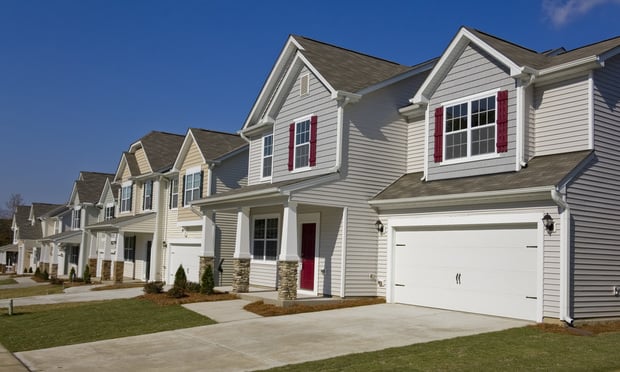One of the key issues on everyone's mind in CRE is "Where are cap rates headed when the pandemic ends?" Cap rates have been compressed to-historic lows since the end of the Great Recession in 2012 and this has been primarily due to the drop-in Treasury rates, courtesy of the Federal Reserve. The Covid pandemic created a very uneven CRE market in 2020 with overall transaction volume down about 50% and valuations stressed. Retail and hotels suffered the biggest hits to valuation while industrial and data centers outperformed. Office and apartments located in high cost and high tax urban cities were pummeled, while suburban and low cost and low tax state properties did fairly well.
The cap rate on a property can be calculated in two ways. The first is the actual or dollar cap rate determined by dividing the net operating income of a property by the cost or value and the second, by a cap rate formula. The cap rate formula is the risk-free rate plus a risk premium less the growth rate in rents. The risk-free rate used in the cap rate formula is typically the 10-Year Treasury Note which is currently 1.60% and the risk premium has historically been between 3.0% to 10.0% and we estimate that it is about 8% today. If the average growth rate in rents is 3.0%, then the cap rate formula produces an average cap rate of 6.60% (1.60% + 8.0% – 3.0% = 6.60%). This is an average cap rate and needs to be adjusted further up or down depending on the location and type of property. The discount rate used to discount the yearly NOI are the first two figures in the cap rate formula, the risk free rate plus the risk premium and today, it's is typically between 7.5% and 9.5%.
The pandemic has been receding and about 50% of the adult population has been vaccinated and once the majority of people get back to work the CRE markets will boom. So far in 2021, the best performing asset class has been REITs, with the FTSE-NAREIT All Equity Index up 12.45%. There is still over $200 billion of capital available in CRE private equity funds and lenders are eager to increase their loan books with new real estate loans. Foreign investors will also be active; however, they may be constrained by the fall in the value of the dollar. The biggest wildcard is inflation and whether it will be manageable at 5.0%-6.0% per year or hyper-inflation at over 8.0%. Inflation in general is good for the CRE industry, however, it depends on the duration of the property leases. The shorter the duration of the leases, the higher the correlation between higher inflation and real estate net operating income. The longer the duration of the leases the lower this correlation and thus the lower the net operating income. In a high-inflation environment, hotels are the best inflation hedge because they have one-night leases and long-term net lease properties are the worst inflation hedges as they have 10-to-20-year leases with rent increases based on the change in the CPI every five years, if at all.
Recommended For You
Want to continue reading?
Become a Free ALM Digital Reader.
Once you are an ALM Digital Member, you’ll receive:
- Breaking commercial real estate news and analysis, on-site and via our newsletters and custom alerts
- Educational webcasts, white papers, and ebooks from industry thought leaders
- Critical coverage of the property casualty insurance and financial advisory markets on our other ALM sites, PropertyCasualty360 and ThinkAdvisor
Already have an account? Sign In Now
*May exclude premium content© 2025 ALM Global, LLC, All Rights Reserved. Request academic re-use from www.copyright.com. All other uses, submit a request to [email protected]. For more information visit Asset & Logo Licensing.








